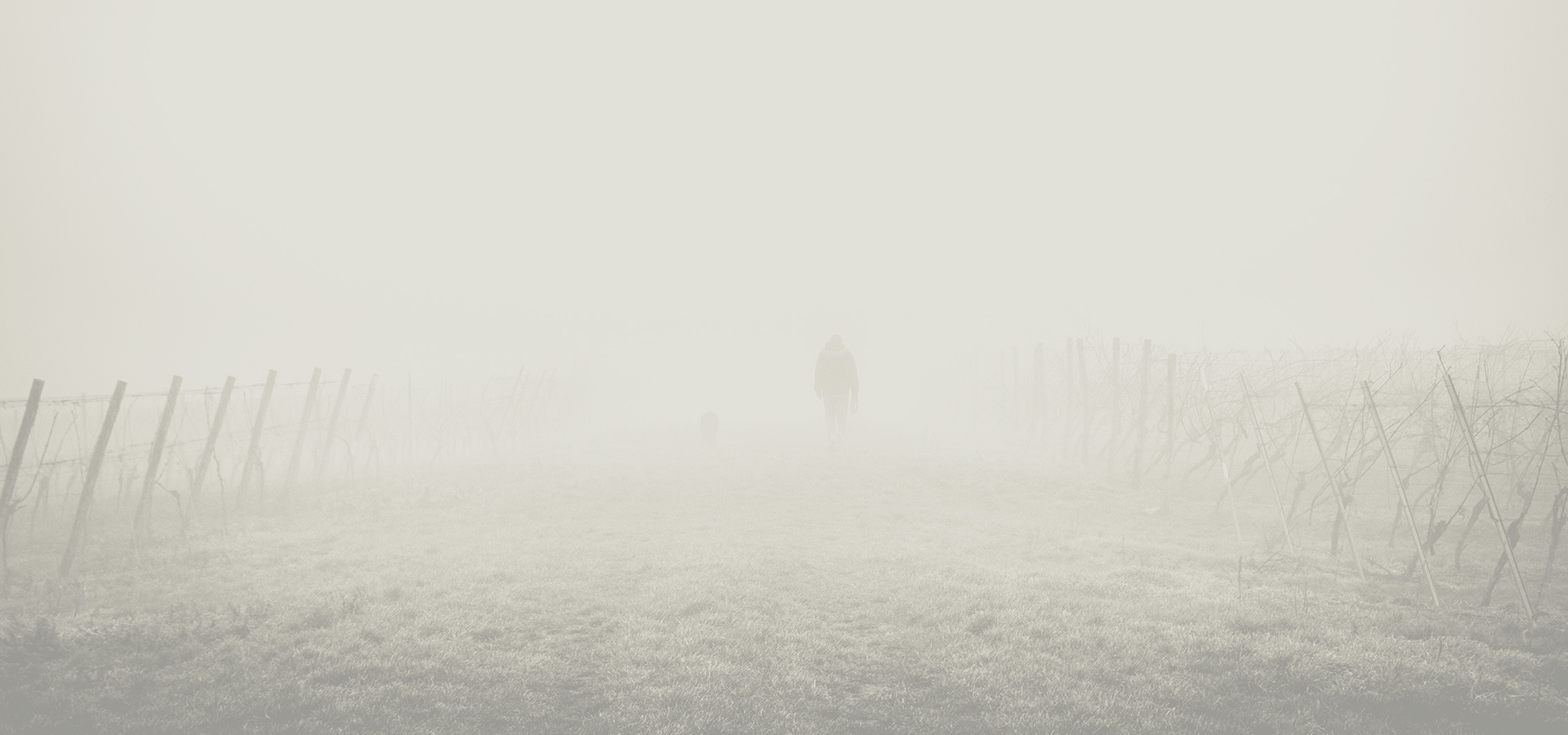Lorem ipsum dolor sit amet, consectetur adipiscing elit. Morbi eu nulla vehicula, sagittis tortor id, fermentum nunc. Donec gravida mi a condimentum rutrum. Praesent aliquet pellentesque nisi.


The ancient Greeks represented the spirit of conservation in the shape
of a formidable protectress of animals and plants, the goddess Artemis. In the Louvre one can view a striking statue of Artemis (or as the Romans
called her, Diana) in a running pose, known as the Diana of Versailles, a Roman copy of a Greek originali This work of art displays two facets of the goddess, as huntress and protectress: though she is armed with bow and arrows, her hand rests cherishingly on the antler of the stag that runs beside her.
The Diana of Versailles is only one of an innumerable series of images in art, literature, and popular culture that reveal facets of this complex deity. Artemis would be an important figure in intellectual history even if these images were only matters of artistic symbolism.
But Artemis was more than an artistic symbol. The worship of this goddess involved customs affecting the treatment of living organisms, both as species
and in communities, and the use of certain categories of land. For example, sanctuaries of Artemis and other gods often consisted of tracts of forest where hunting of deer and other animals was forbidden.2 Thus the study of her cult is essential for understanding ancient Greek attitudes and practices relating to wildlife, forests, and the wilderness.